1. There are different kinds of meditation. A particular kind is best suited for a particular mind. The kind of meditation varies according to taste, temperament, capacity and type of mind of the individual. A devotee meditates on his tutelary deity or Ishta Devata. A Raja Yogi meditates on the special Purusha or Isvara who is not touched by the afflictions, desires and Karmas. A Hatha Yogi meditates on the Chakras and their presiding deities. A Jnani meditates on his own Self or Atman. You will have to find out yourself the kind of meditation that is suitable for you. If you are not able to do this, you will have to consult a teacher or preceptor who has attained Self-realisation. He will be able to know the nature of your mind and the correct method of meditation for you.
2. The mind assumes the form of the object it cognises. Then only perception is possible. A Bhakta constantly meditates on the form of his tutelary deity. The mind always takes the form of the deity. When he is established in his meditation, when he attains the stage of Para-Bhakti or supreme devotion he sees his Ishta Devata only everywhere. The names and forms vanish. A devotee of Lord Krishna sees Lord Krishna only everywhere and experiences the state described in the Gita: "Vasudevah sarvam iti-Everything is Vasudeva (Krishna) only." A Jnani or a Vedantin sees his own Self or Atman everywhere. The world of names and forms vanishes from his view. He experiences the utterances of the seers of the Upanishads: "Sarvam khalvidam Brahma-All indeed is Brahman."
3. Meditation is of two main kinds, viz., Saguna (concrete) meditation and Nirguna (abstract) meditation. In concrete meditation the Yogic student concentrates on the form of the Lord Krishna, Rama, Siva, Hari, Gayatri or Sri Devi. In abstract meditation he concentrates the whole energy of the mind on one idea of God or Atman and avoids comparisons of memories and all other ideas. The one idea fills the whole mind.
4. When you see the concrete figure of Lord Krishna with open eyes and meditate, it is the concrete form of meditation. When you reflect over the image of Lord Krishna by closing your eyes, it is also concrete form of meditation but it is more abstract. When you meditate on the infinite abstract light it is still more abstract meditation. The former two types belong to Saguna form of meditation, the latter to Nirguna form. Even in Nirguna meditation there is a concrete form in the beginning for fixing the mind. Later on this form vanishes and meditator and meditated become one. Meditation proceeds from the mind.
5. Saguna meditation is meditation on a Murty or form of the Lord. This is a concrete form of meditation for people of devotional temperament. This is meditation with Gunas or attributes of God. Repeat the Name of the Lord or pure Om. Think of His attributes Omniscience, Omnipotence, Omnipresence, etc. Your mind will be filled with purity. Enthrone the Lord in the lotus of your heart amidst a blazing light. Mentally think of His feet, legs, chest, head, hands and the ornaments and dress and again come to His feet. Again and again repeat this process.
6. This is one kind of meditation for beginners. Sit on Padmasana in a solitary room. Close your eyes. Meditate on the effulgence in the sun, splendour in the moon, glory in the stars, beauty in the sky.
7. Meditate on the magnanimity of the ocean, its infinite nature. Compare the ocean with the Infinite Brahman, the waves, foams and blocks of ice to the various names and forms. Identify yourself with the ocean. Become silent. Expand. Expand.
8. This is another kind of meditation. Meditate on the Himalayas. Imagine that the River Ganga takes its origin from the icy region of Gangotri, near Uttarkasi, flows through Rishikesh, Benares and enters the Ganga Sagar in the Bay of Bengal. Himalayas, GangaGanga and finally to the sea. Then again take it to the icy Gangotri. Rotate the mind in this manner for 15 minutes. and the sea, these three thoughts only should occupy the mind. First take your mind to icy Gangotri, then along the Ganga and finally to the sea. Then again take it to the icy Gangotri. Rotate the mind in this manner for 15 minutes.
9. Imagine that there is a fine garden with lovely flowers. In one corner there are Jessamine flowers. In another corner there are beautiful cabbage roses. In the third corner there is the 'lady of the night.' In the fourth corner there are Champak flowers. First meditate on Jessamine. Then take the mind to the rose, then to the 'lady of the night' and finally to the Champak. Again rotate the mind as above. Do this again and again for 15 minutes. Gross meditation like this will prepare the mind to finer abstract meditation on subtle ideas.
10. Have the figure Om in front of you. Concentrate on this. Do Trataka also with eyes (steady gazing without winking till tears flow profusely). This is both Saguna and Nirguna meditation (with and without attributes). Keep a picture of Om in your meditation room. You can do Puja for this symbol of Brahman. Burn incense, etc., and offer flowers. This suits the modern educated persons.
11. This is abstract meditation on Nirguna Brahman. Repeat Om mentally with Bhava (feeling). Associate the ideas of Sat-chit-ananda, Purity, Perfection, 'All-joy I am,' 'All-bliss I am.'
12. 'There is no world. There is neither body nor mind. There is only one Chaitanya (pure consciousness). I am that pure consciousness.' This is Nirguna meditation (without attributes).
13. Meditation on Mahavakyas is tantamount to meditation on Om. You can take up either 'Aham Brahma Asmi-I am Brahman' or 'Tat Tvam Asi-That thou art.' These are the Mahavakyas or the great sentences of the Upanishads. Meditate on their significance. Deny or negate or throw out the Kosas and identify with the one Essence that lies behind them.
14. Meditate. Purify your mind. Practise concentration in a solitary room. Then squeeze out the Upanishads and the Gita from your brain. Do not depend upon imperfect commentaries. If you are sincere you will understand the real Sankalpa (thoughts) of the Rishis of the Upanishads and Lord Krishna, what they really meant when they uttered those wise Slokas (verses) in scriptures.
15. Unfold the Divinity that is lurking in your heart by concentration and meditation. Do not waste your time. Meditate. Meditate. Do not lose even a single minute. Meditation will remove all the miseries of life. That is the only way. Meditation is the enemy of the mind. It brings about Mano-nasa or the annihilation of the mind.

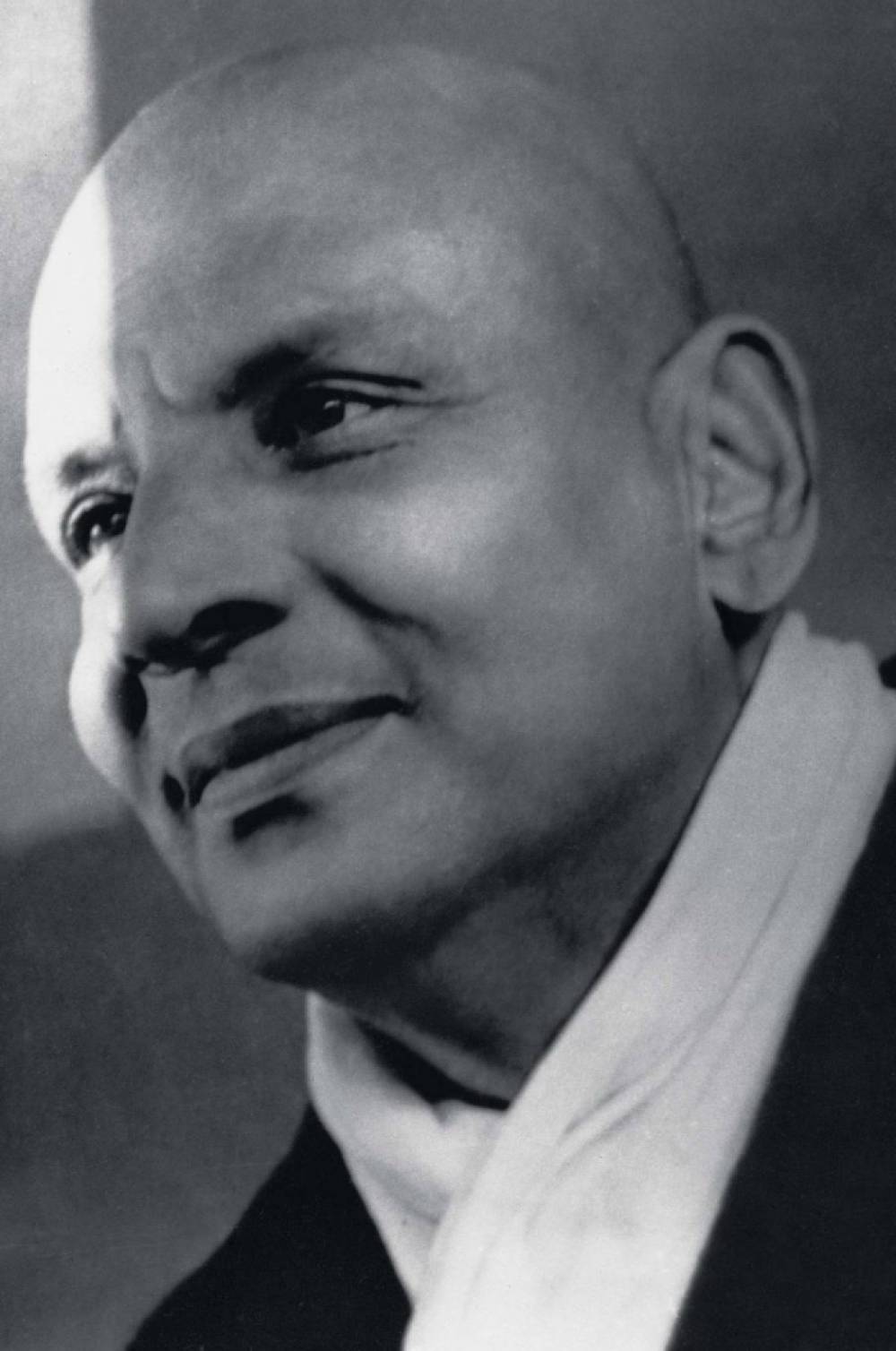
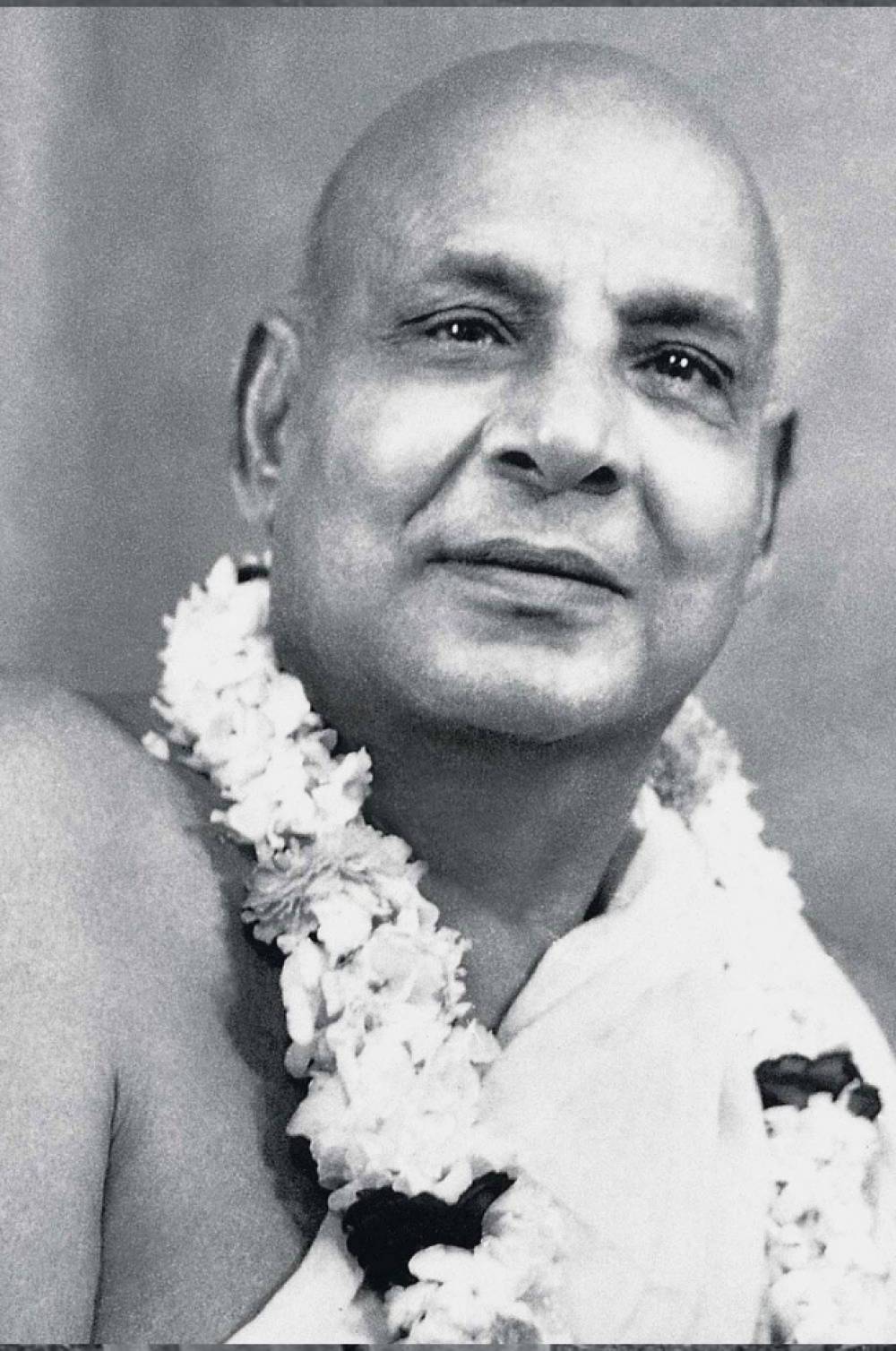


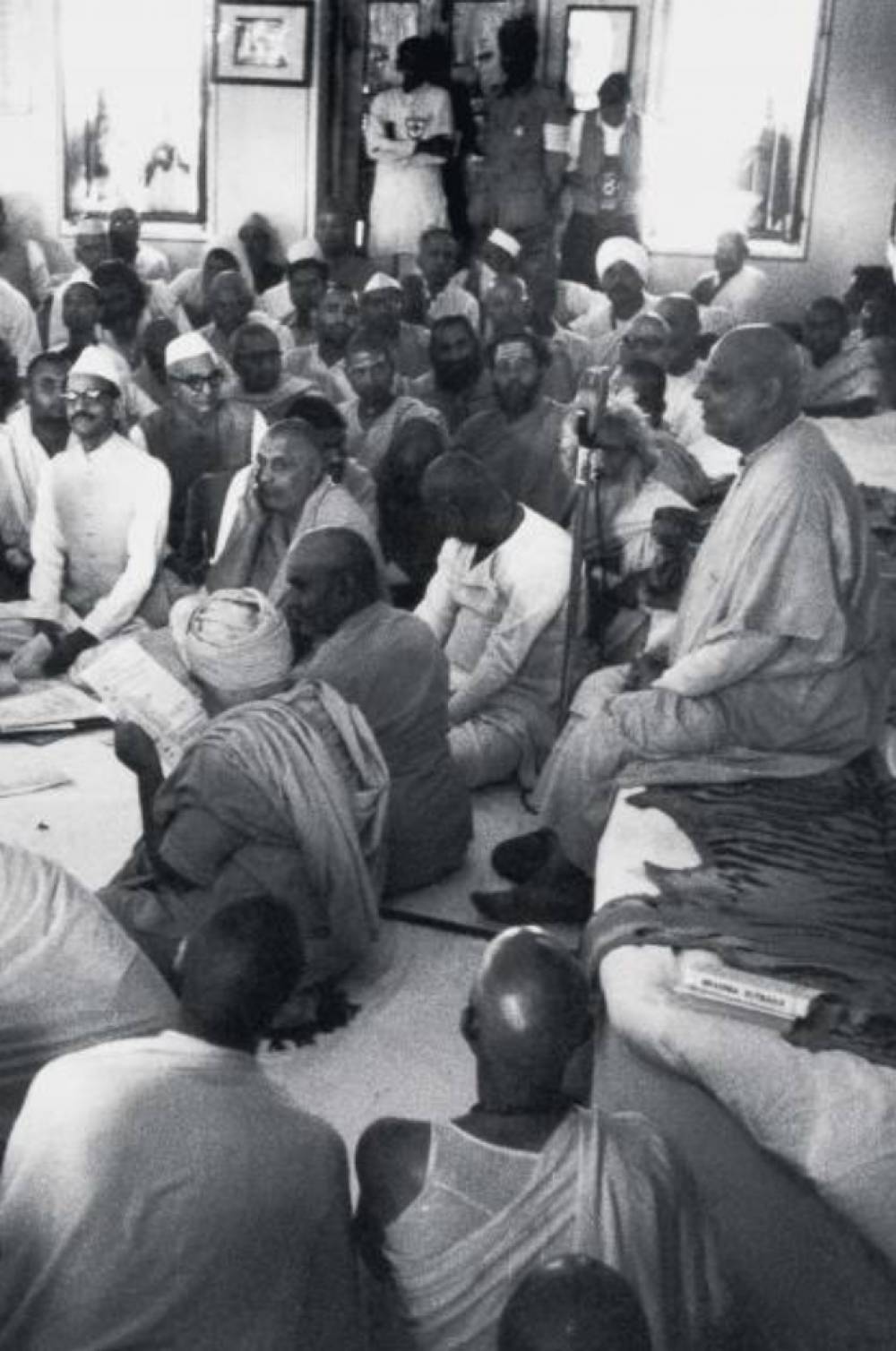
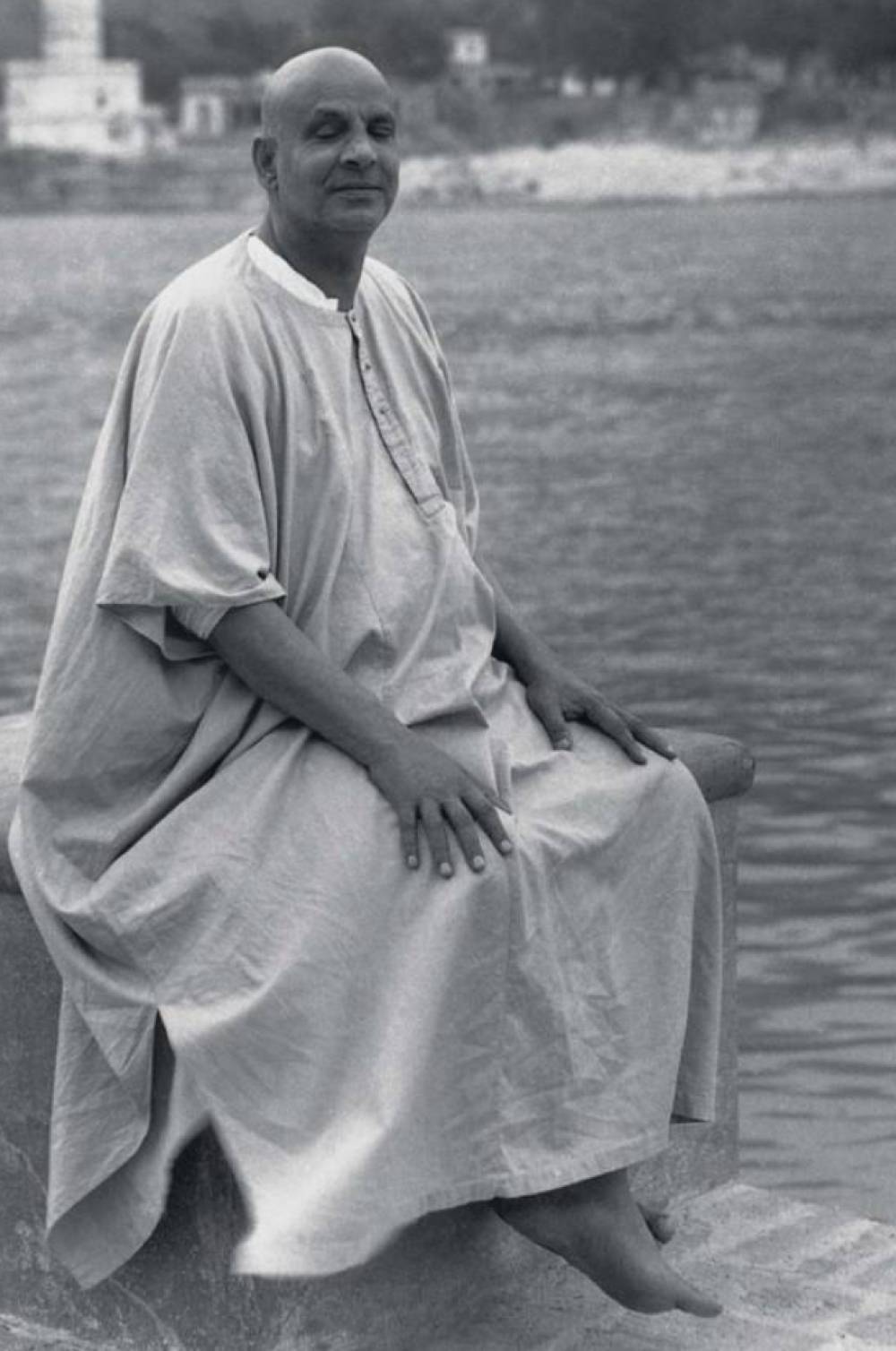
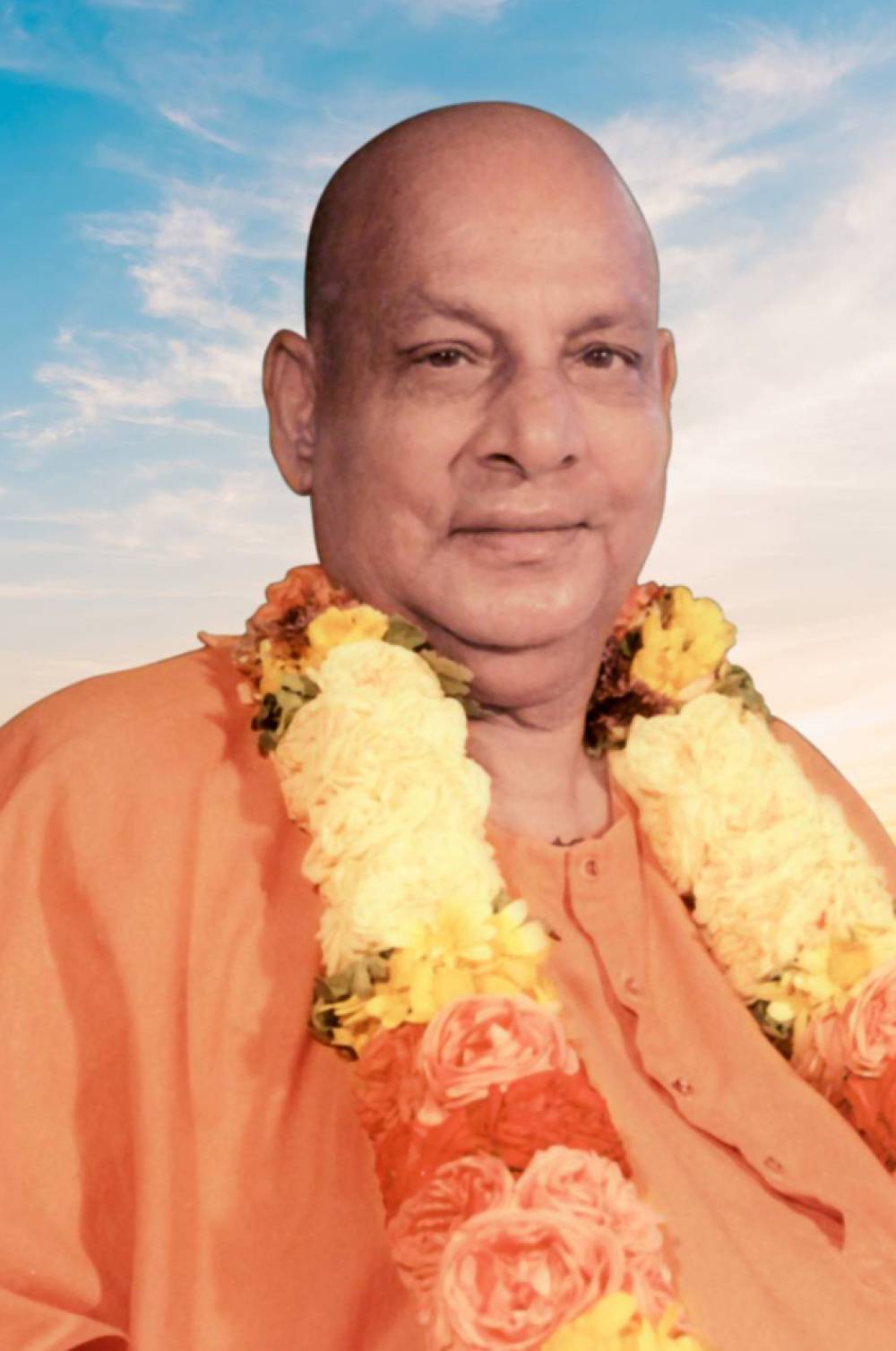
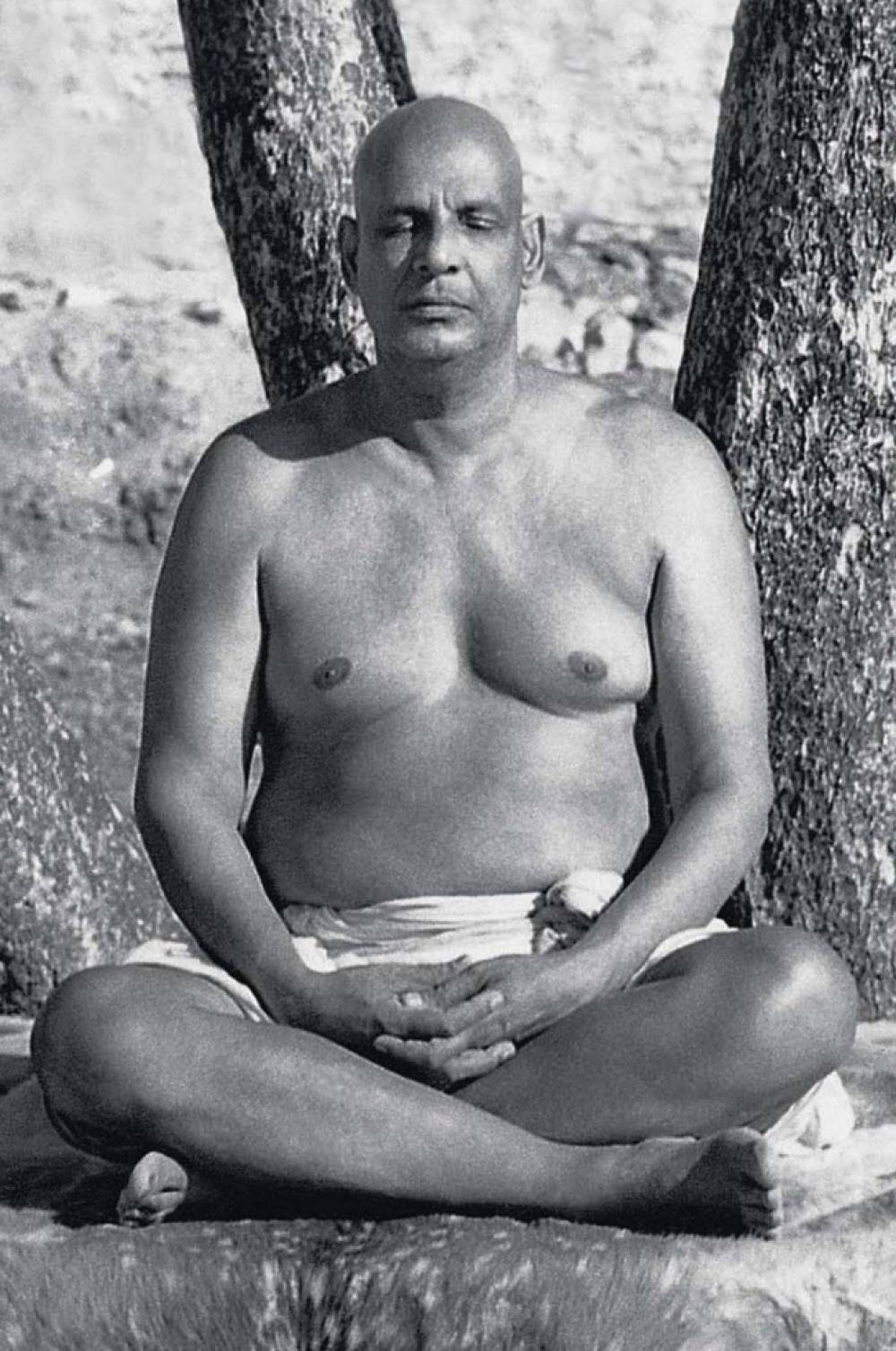
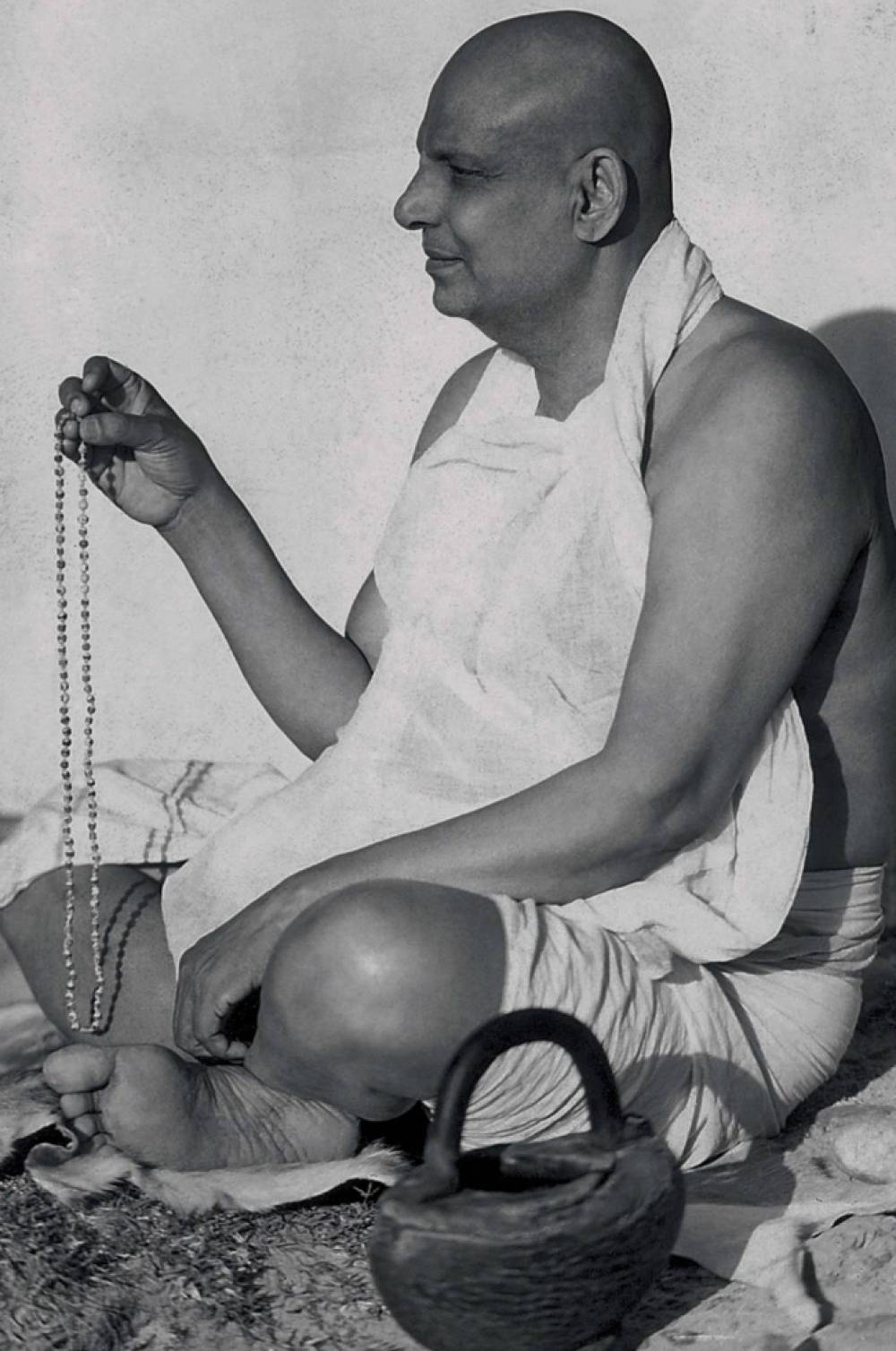
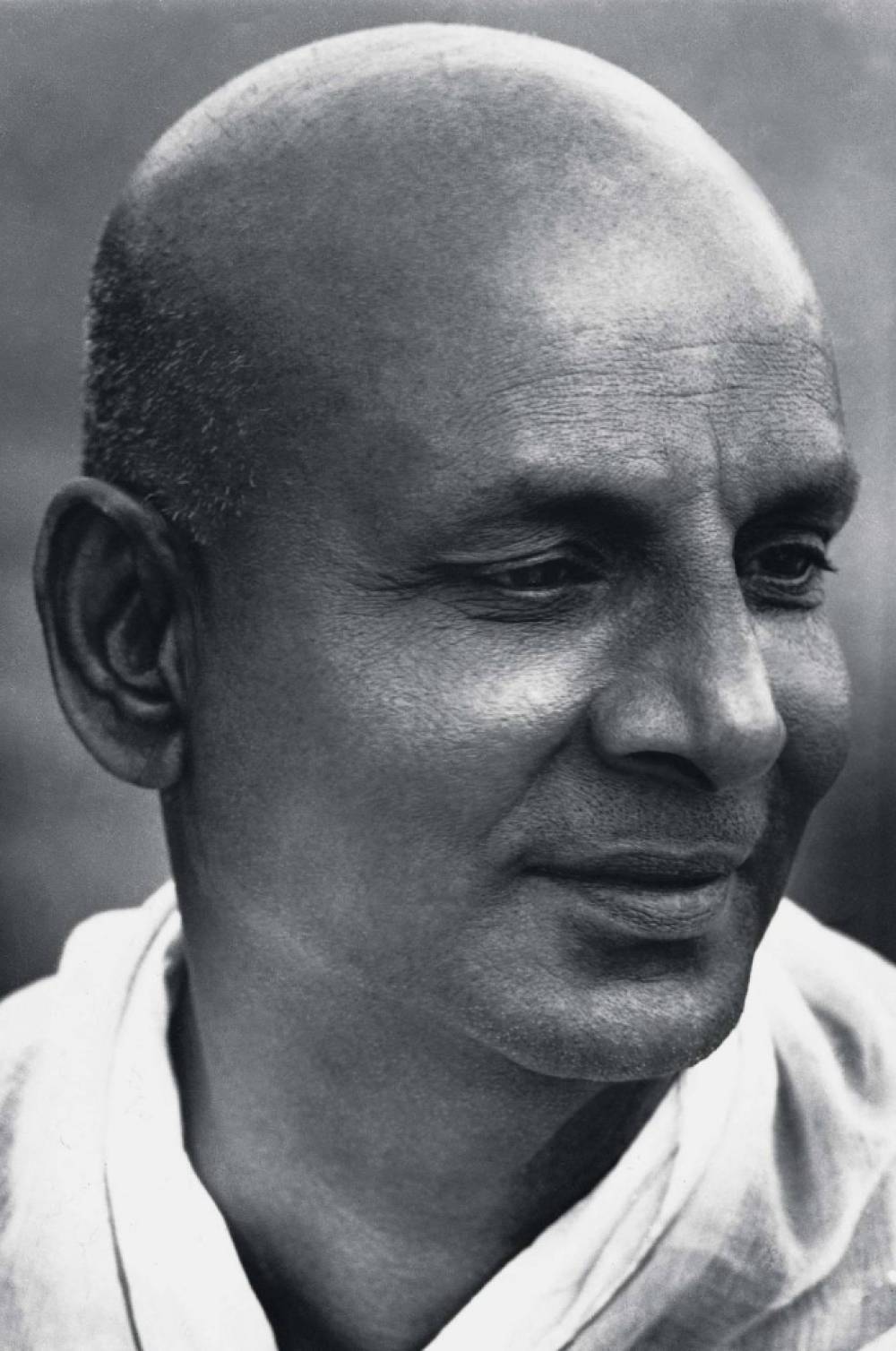
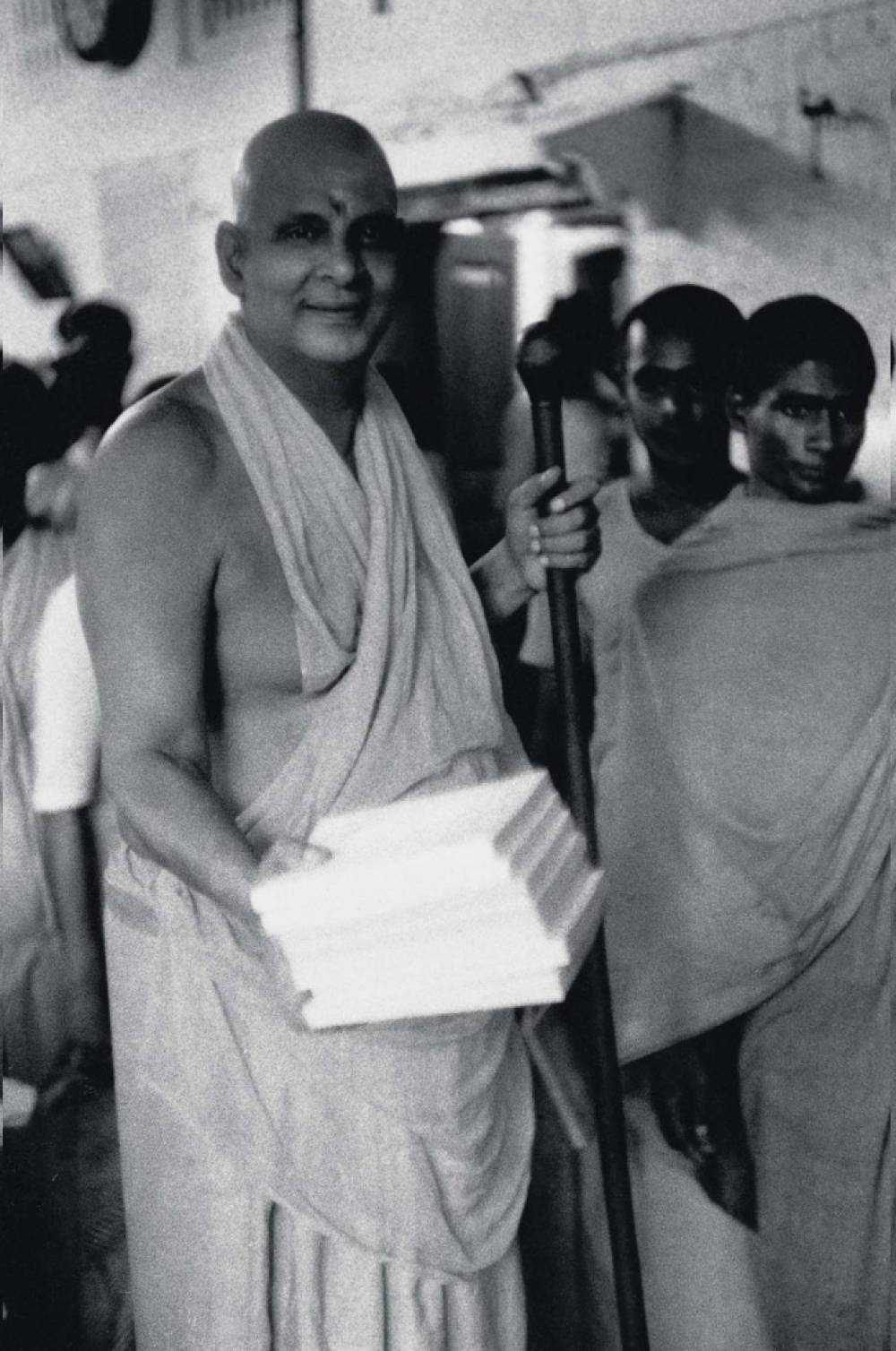
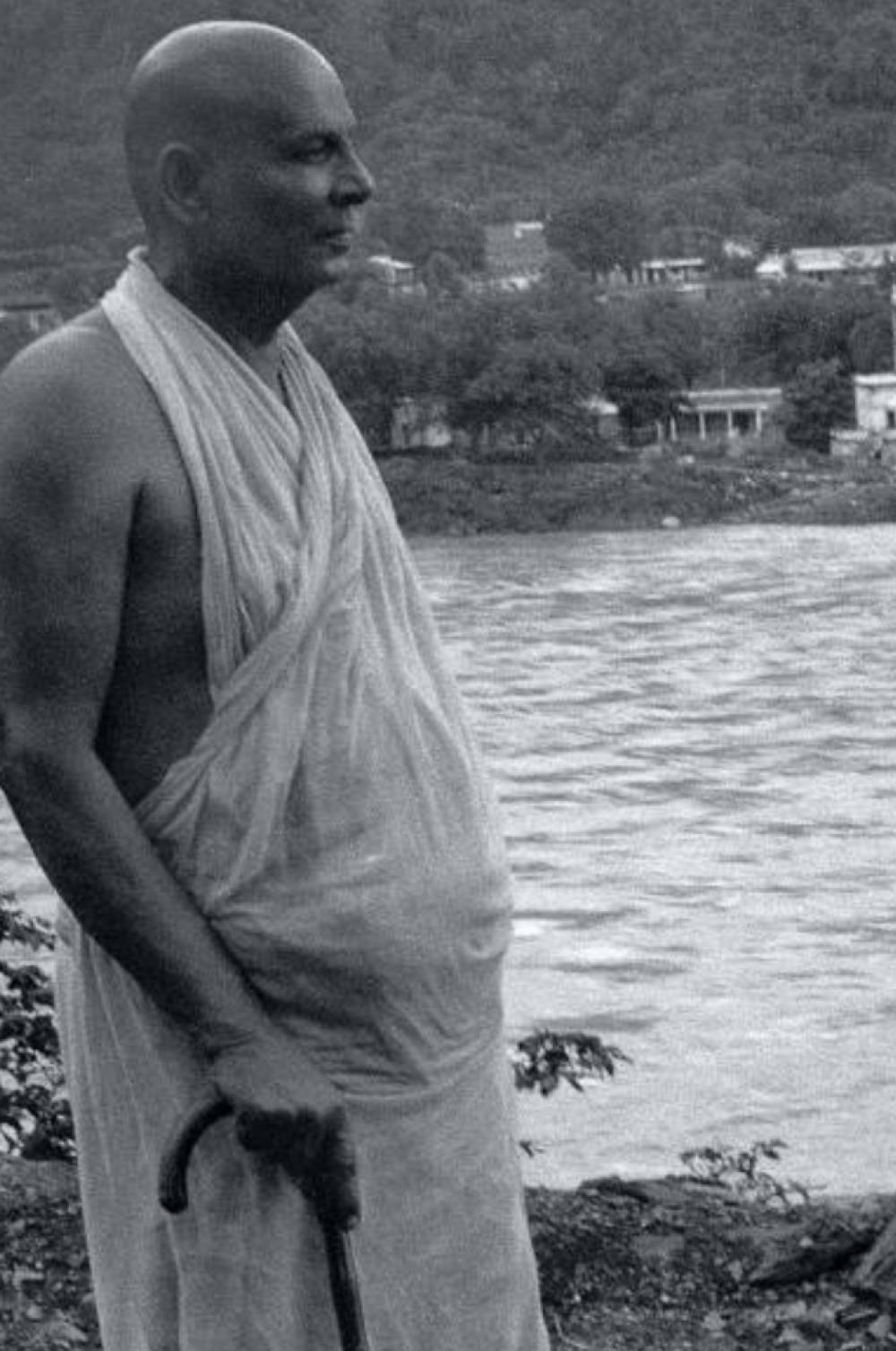
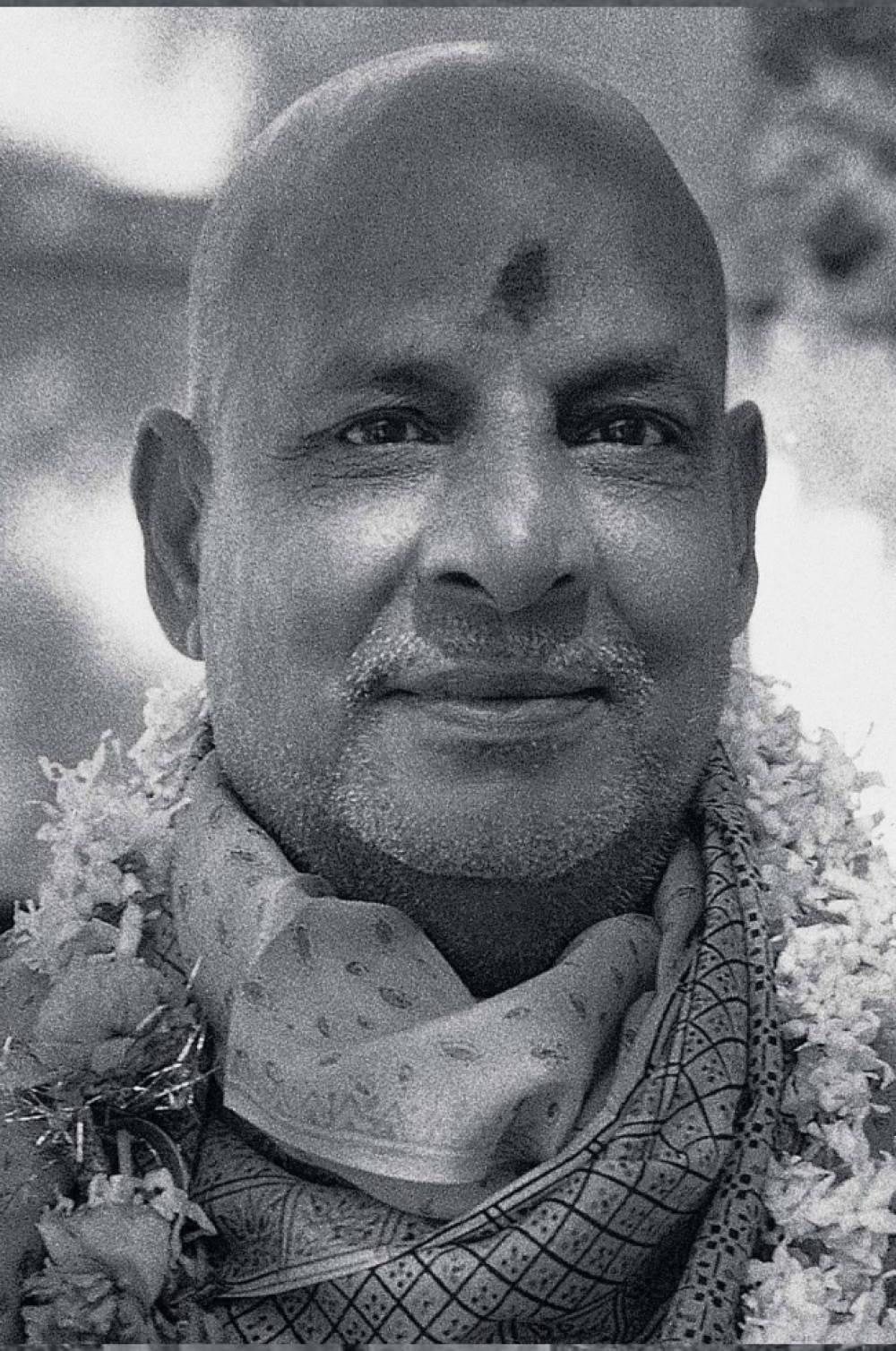

No Comments found. Be first to comment